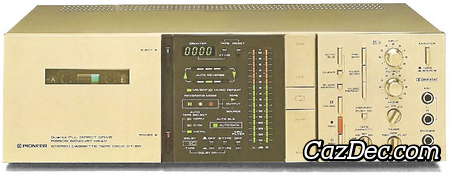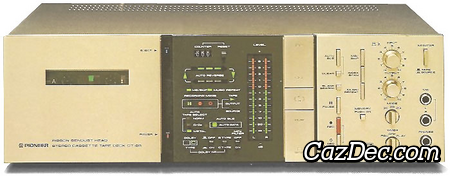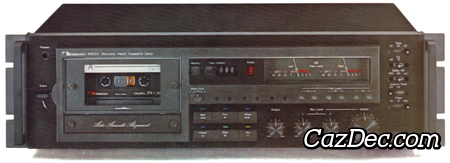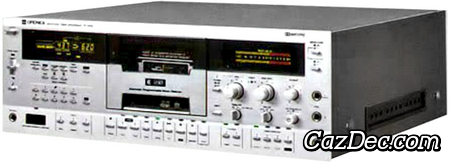
Pioneer CT-970 Stereo Cassette Tape Deck







The Pioneer CT-970 is a stereo cassette deck with Dolby B and C and DBX noise reduction, it was introduced by Pioneer in 1980 and discontinued a year later.
The main features of the Pioneer CT-970 cassette deck are: 2 heads, electronic tape counter with 4 digits, manual tape type selection with support for normal, chrome and metal tapes, belt driven single-capstan transport.
Typical front loading cassette deck with the cassette compartiment located on the left side of the deck. Tape eject is operated mechanically and the cassette needs to be placed with the side to be played facing forward in the cassette well.
Level meters used on the Pioneer CT-970 cassette deck are generic digital peak reading meters. Full-logic transport controls used on the Pioneer CT-970 let it respond to the slightest finger contact for fast and effortless transport function selection.
To ensure the best response from the wide variety of tapes available adjustment of, bias, equalization and sensitivity, to optimum levels can be performed prior to recording.
Dolby C-type used in the Pioneer CT-970 provides 20 dB of noise reduction above about 1,000 Hz, fully doubling the amount given by B-type. Dbx Type II found in the CT-970 is a simplified version of the Type I noise reduction system. The dbx Type II system was designed to be used with systems with limited bandwidth such as cassette based recorders and also uses a simple 2:1:2 compander to reduce noise.
To make live recordings this deck has 2 microphone inputs to connect microphones with a jack connector. For undisturbed listening a jack connector for a pair of stereo headphones is supplied. Connection to other audio components for plaback can be achieved by a RCA cable and recording from a source by a RCA cable.

- Ribbon Sendust Head
- Auto BLE
Historic events
Features of Pioneer CT-970

 Auto Bias Calibration
Auto Bias Calibration
 Bias Fine Tune
Bias Fine Tune
 Auto Level Calibration
Auto Level Calibration
 Auto Equalizer Calibration
Auto Equalizer Calibration

 2 Mono Microphone Inputs
2 Mono Microphone Inputs
 AC Power Cord / Plug
AC Power Cord / Plug
 RCA Input/Output Connectors
RCA Input/Output Connectors
 Headphones
Headphones
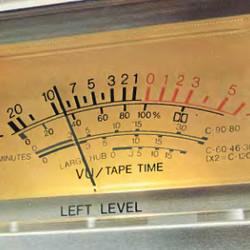
 Digital Peak-Reading Meters
Digital Peak-Reading Meters
 4-Digıt Digital Counter
4-Digıt Digital Counter
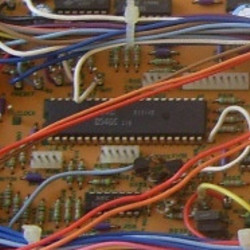
 Record Protection
Record Protection
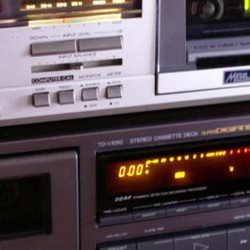
 Orientation Left
Orientation Left
 Champagne Finish
Champagne Finish
 Front Loading
Front Loading
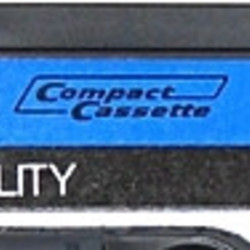
 Stereo
Stereo
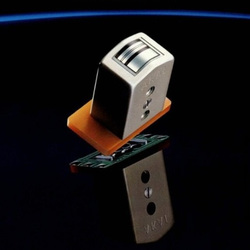
 3 Head Desiǥn
3 Head Desiǥn
 4 Track / 2 Channel
4 Track / 2 Channel
 2 Head Desiǥn
2 Head Desiǥn
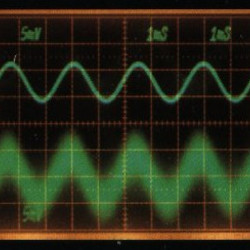
 Dolby-B Noise Reduction
Dolby-B Noise Reduction
 Dolby-C Noise Reduction
Dolby-C Noise Reduction
 DBX Type II Noise Reduction
DBX Type II Noise Reduction
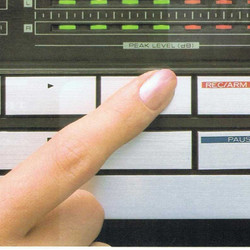
 Full Logic Transport Control
Full Logic Transport Control
 Timer Recording/Playback
Timer Recording/Playback
 Record Mute
Record Mute
 Real-Time Tape Monitoring
Real-Time Tape Monitoring
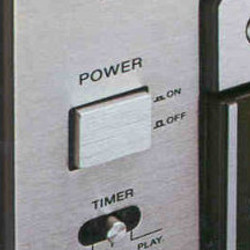
 Alternating Current
Alternating Current
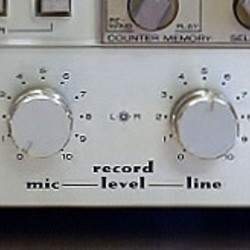
 Individual Input Level Controls
Individual Input Level Controls
 Output-Level Control
Output-Level Control
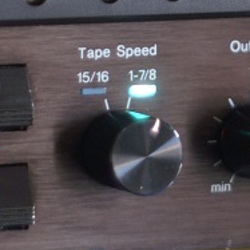
 1⅞ ips - 4.76 cm/s
1⅞ ips - 4.76 cm/s
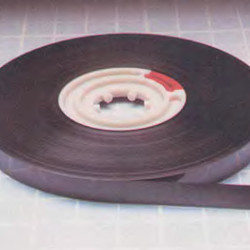
 Manual Tape Type Selection
Manual Tape Type Selection
 Normal Tape Capabilıty
Normal Tape Capabilıty
 Chrome Tape Capabilıty
Chrome Tape Capabilıty
 Metal Tape Capabilıty
Metal Tape Capabilıty

 Auto Shutoff
Auto Shutoff
 Mechanical Tape Loading
Mechanical Tape Loading
 Sìngle Capsŧan Transport
Sìngle Capsŧan Transport
 Belt Drive (Capsŧan)
Belt Drive (Capsŧan)
Similar to Pioneer CT-970 from the period 1980 - 1981
Notice on copying anything
Copying Pioneer CT-970 information from this site and use it in your auction or on your website is not allowed. A link to this page for Pioneer CT-970 is allowed from your website or auction.



